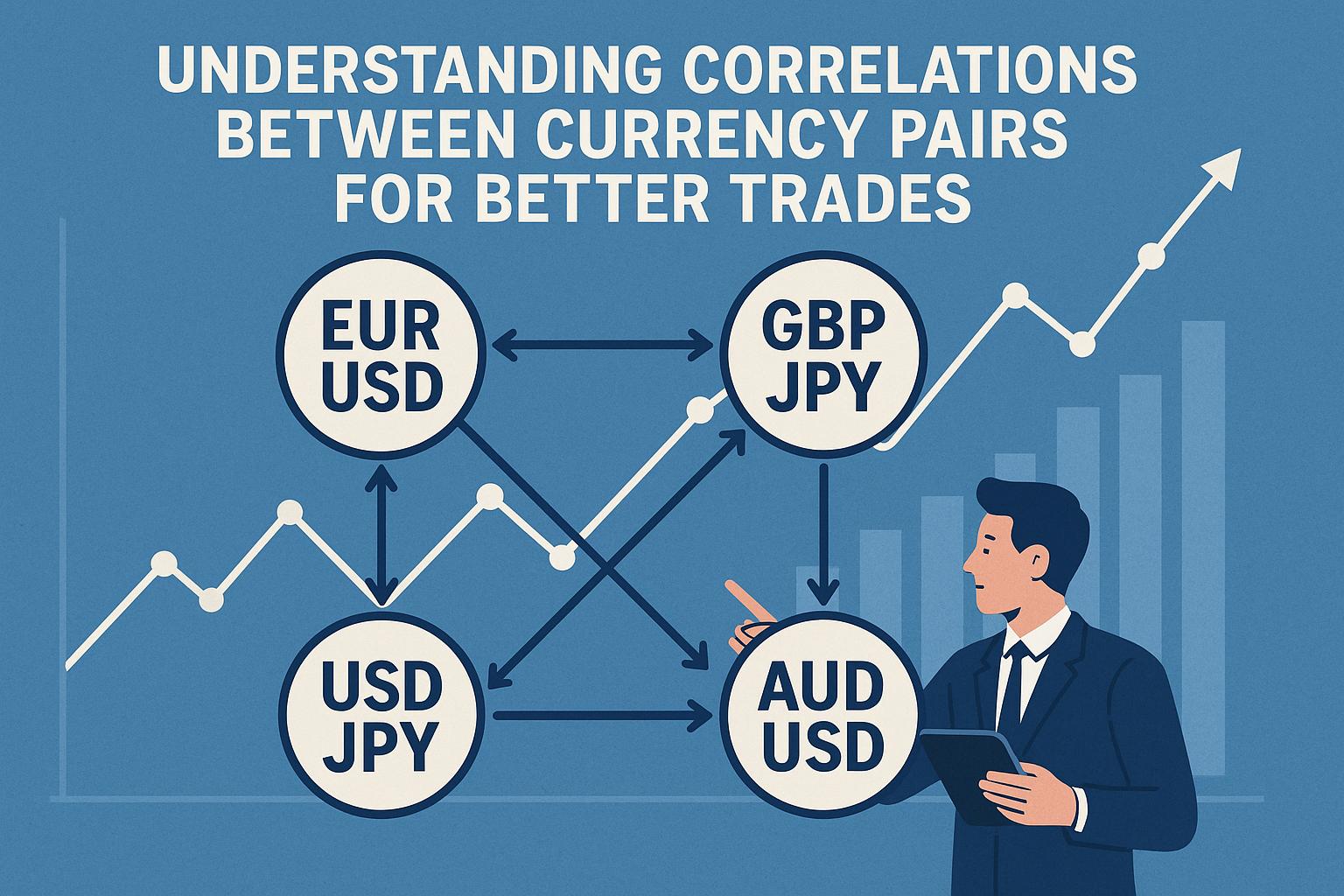Understanding Currency Pair Correlations
Understanding currency pair correlations is a fundamental aspect for traders aiming to optimize their trading strategies. Currencies rarely move in isolation; their interactions create a network of relationships that can guide traders towards more informed decision-making processes. In this expanded exploration of currency pair correlations, we will dissect the critical facets contributing to an effective trading approach.
What Are Currency Pair Correlations?
Currency pair correlations refer to the statistical relationships between the price movements of two different currency pairs. When two pairs move in the same direction, they are classified as positively correlated. For instance, if the EUR/USD and GBP/USD pairs both rise simultaneously, they are showing a positive correlation. On the other hand, if the movements are in opposite directions, such as when one rises as the other falls, they exhibit a negative correlation. These relationships can be measured using correlation coefficients, quantified on a scale from -1 (perfect negative correlation, where one pair moves entirely opposite to the other) to +1 (perfect positive correlation, where both pairs move in tandem). A correlation of zero indicates no discernible relationship between the pairs.
Why Are Correlations Important?
The significance of understanding currency pair correlations in trading involves several key benefits, primarily rooted in diversification, risk management, and profitability. Let us delve into these advantages:
Improving Portfolio Diversification
A thorough grasp of correlations is indispensable when it comes to portfolio diversification. Diversification essentially revolves around spreading investments across a range of assets to minimize risk. In currency trading, this means incorporating pairs that do not move in lockstep. By including pairs with low or negative correlations in a portfolio, traders can mitigate the risks inherent in their positions. This diversity ensures that potential losses in one currency pair may be offset by gains in another, stabilizing the portfolio’s overall performance.
Enhancing Risk Management
Correlations also play a central role in effective risk management. Trading without attention to the relationships between pairs could unknowingly heighten risk exposure. For example, opening simultaneous positions in positively correlated pairs amplifies the trader’s exposure to the same market movements. If the market were to move contrary to the trader’s position, the losses could be doubly impactful. Acknowledging correlations allows for more calculated and balanced position sizing, helping traders navigate potential market downturns more effectively.
Boosting Profitability
In addition to risk management, correlations can serve as tools for enhancing profitability. Traders can leverage these statistical relationships to exploit inefficiencies within the market. For instance, if two typically correlated pairs suddenly diverge in their movements without a clear cause, this may present an opportunity. A seasoned trader might anticipate a correction where the divergent pair realigns with historical correlation trends. Alternatively, speculative trades can be executed to capitalize on these discrepancies, aiming to benefit from potential market corrections or trends.
How to Measure Correlations
Measuring currency pair correlations can be accomplished through several methods, with the correlation coefficient being the most prevalent. This statistical measurement involves a degree of mathematical analysis. However, many trading platforms simplify the process by offering built-in tools to calculate and display these metrics conveniently. Understanding how to interpret these tools is crucial for leveraging correlations effectively in trading.
Utilizing Trading Platforms
Modern trading platforms often come equipped with features that facilitate the analysis of currency pair correlations. These tools provide traders with real-time data and historical analyses that can significantly enhance trading strategies. By utilizing these in-built features, traders can more readily access vital information and adapt their positions according to market dynamics. For those unfamiliar with such tools, most platforms offer tutorials and detailed guides to help traders navigate these features effectively. .
Conclusion
Comprehending and applying knowledge of currency pair correlations is a crucial component in the formulation of a robust trading strategy. While correlations offer valuable insights into the dynamics of the forex market, it is imperative for traders to remain vigilant. The interplay between currency pairs is not static; it evolves with market conditions, geopolitical events, and other economic factors. By maintaining a diligent approach and regularly monitoring these relationships, traders can enhance their ability to execute informed and profitable trades. The incorporation of correlation analysis into regular trading practices can not only safeguard against risks but also unlock opportunities for gains within the ever-fluid realm of currency trading.
This article was last updated on: October 22, 2025
